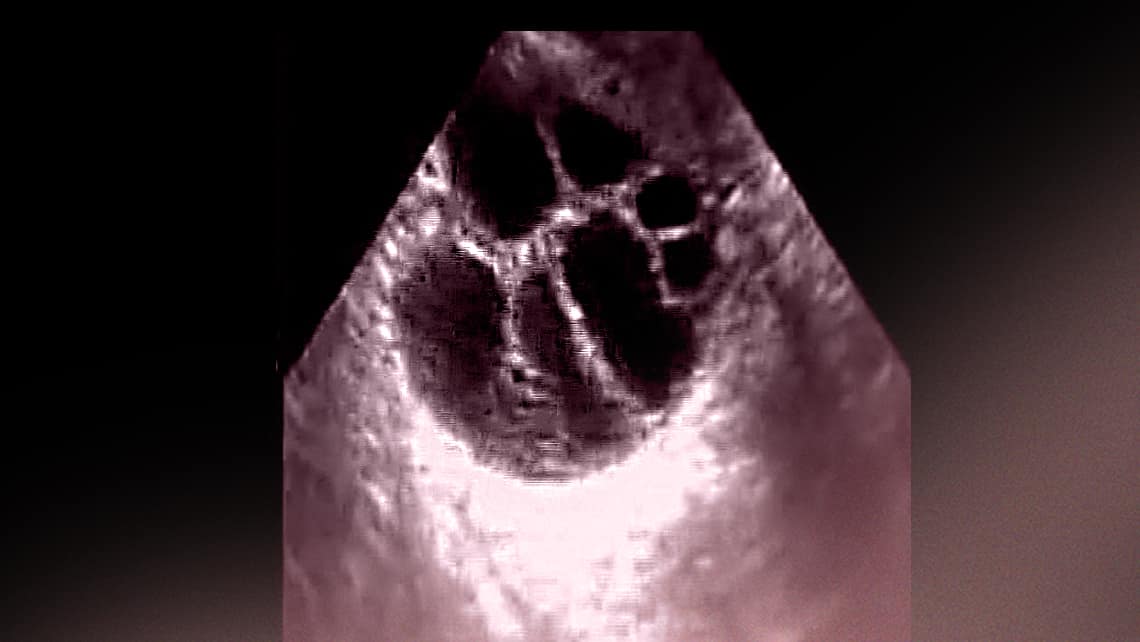
Empty follicle syndrome
In vitro fertilisation (IVF) techniques aim to generate multiple follicles (ovarian stimulation) from which to obtain eggs which will later be fertilised. The ovarian stimulation process culminates with the use of a drug which induces the final stage of egg maturation. The most commonly used one is human chorionic gonadotropin (hCG). This final step is essential in order to obtain eggs during ovarian puncture. It also indicates when the procedure should be carried out. The origin of empty follicle syndrome (EFS) is not fully understood. When it occurs, no eggs are obtained following meticulous ovarian puncture, despite adequate follicle growth following ovarian stimulation and normal hormone results.
Empty follicle Syndrome (EFS)
Empty follicle syndrome in uncommon. However, it is very frustrating when it does happen and, in most cases, the treatment is cancelled. Fortunately, studies show that such an occurrence does not usually mean that the patient’s future fertility will be jeopardised since the probability of it happening again in future cycles is very low. The likelihood does, however, increase with age.
At Instituto Bernabeu, we have pharmacological strategies such as double trigger maturation which involves a concomitant use of two drugs in order to induce final ovarian maturation as a means of avoiding EFS. Furthermore, taking into account the link between human error, drug administration and EFS. The patient is always assigned a personal assistant. She is responsible for giving detailed advice and providing the patient with detailed instructions prior to ovarian puncture.
Dr Juan Carlos Castillo, gynaecologist at Instituto Bernabeu.
